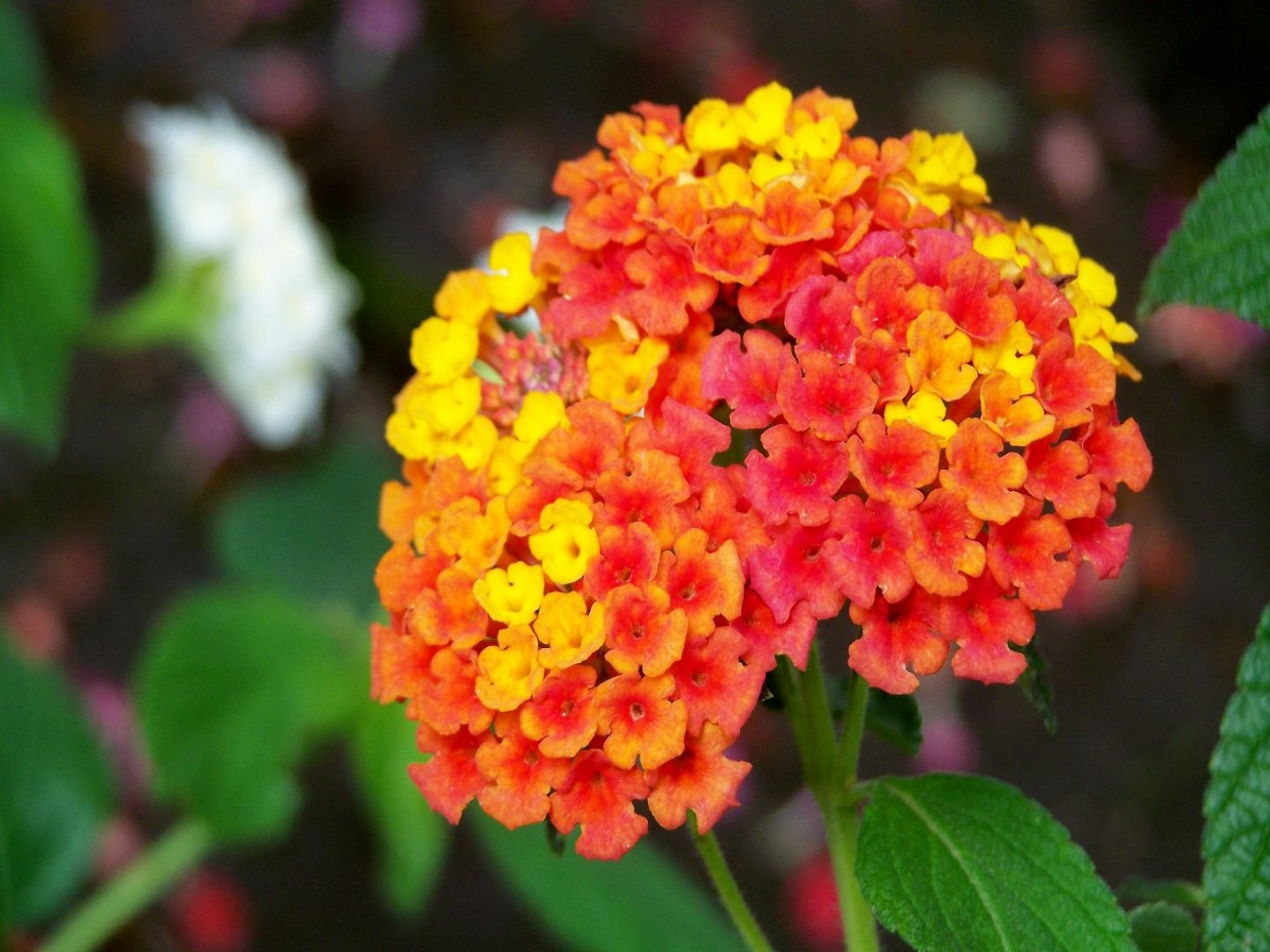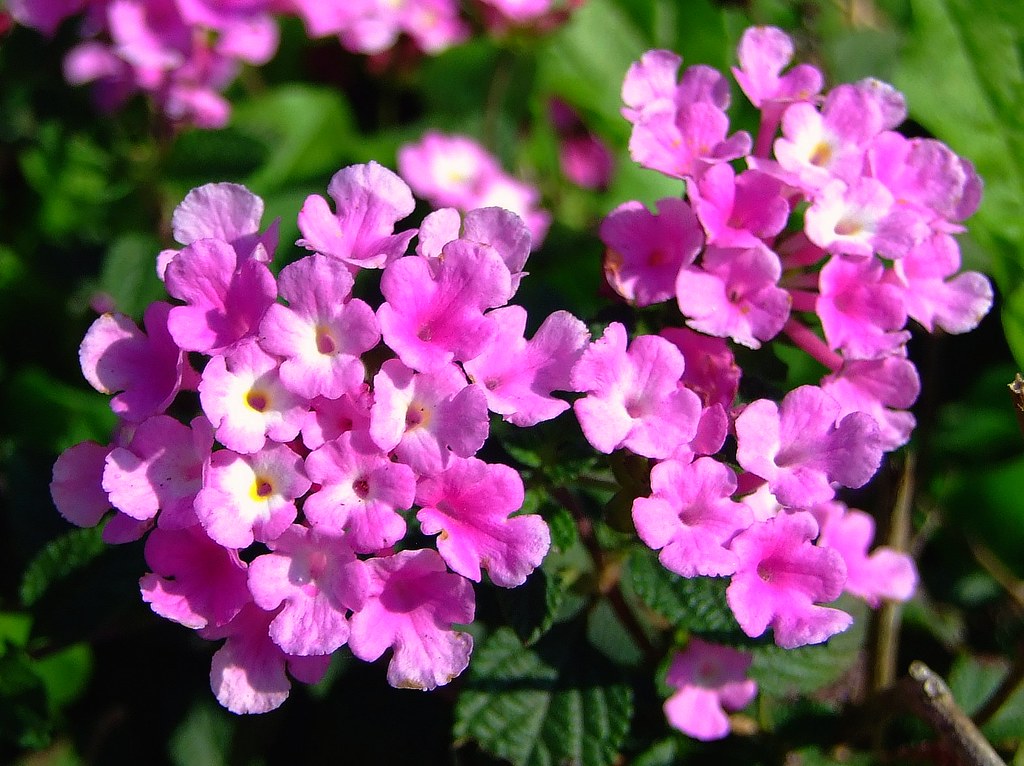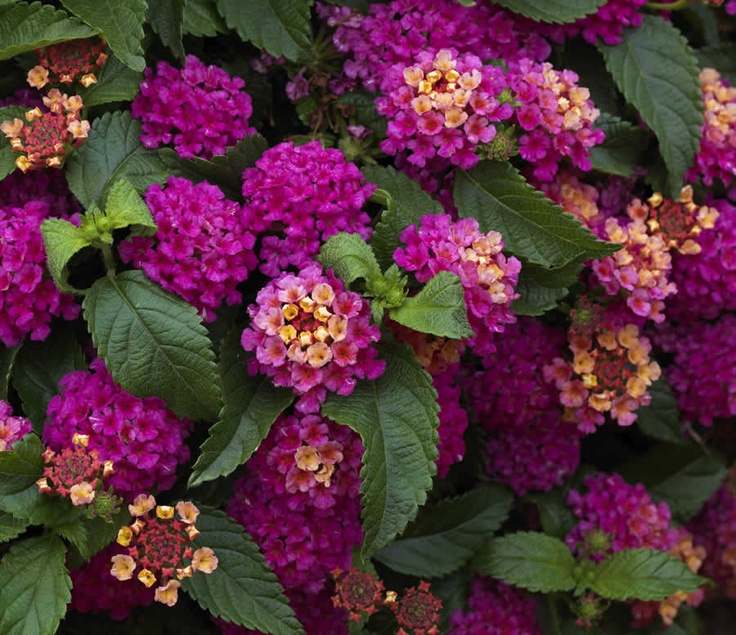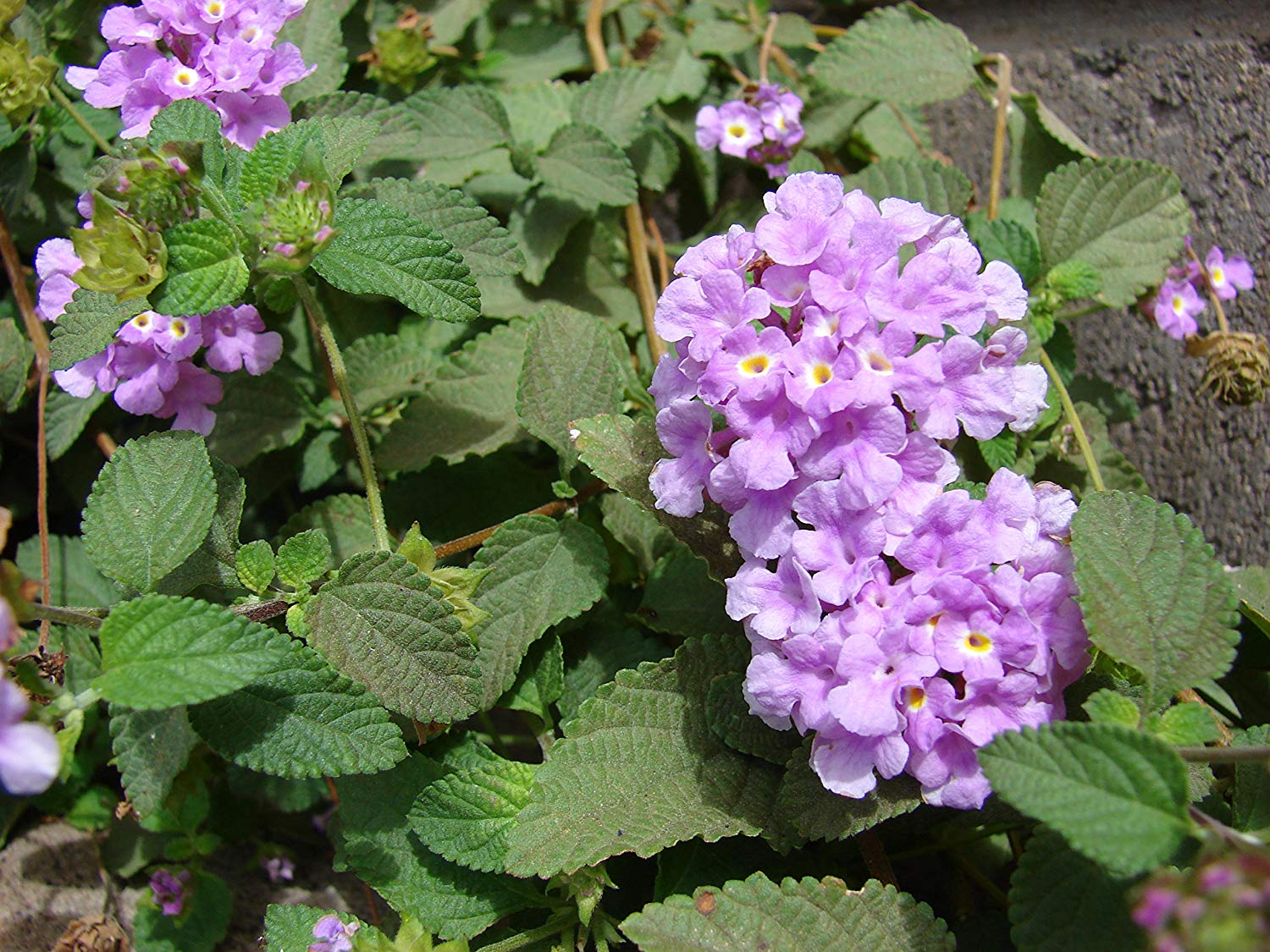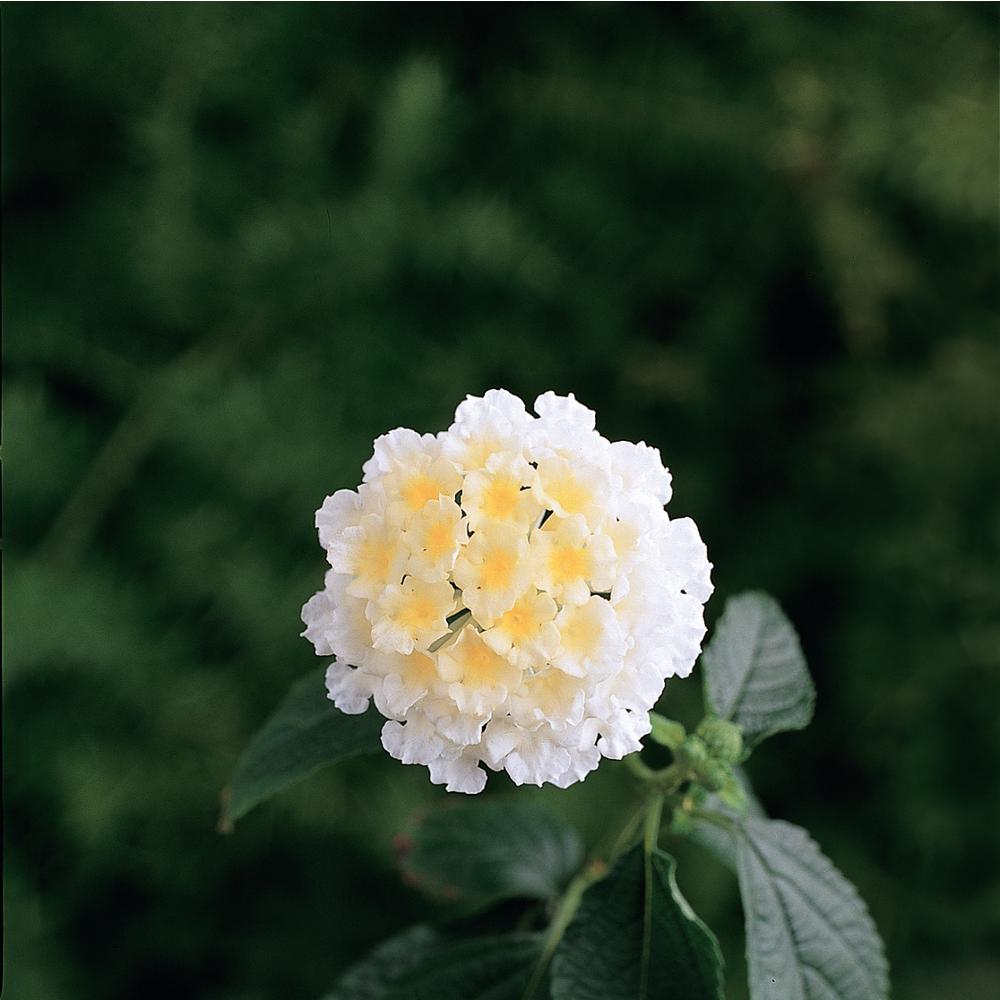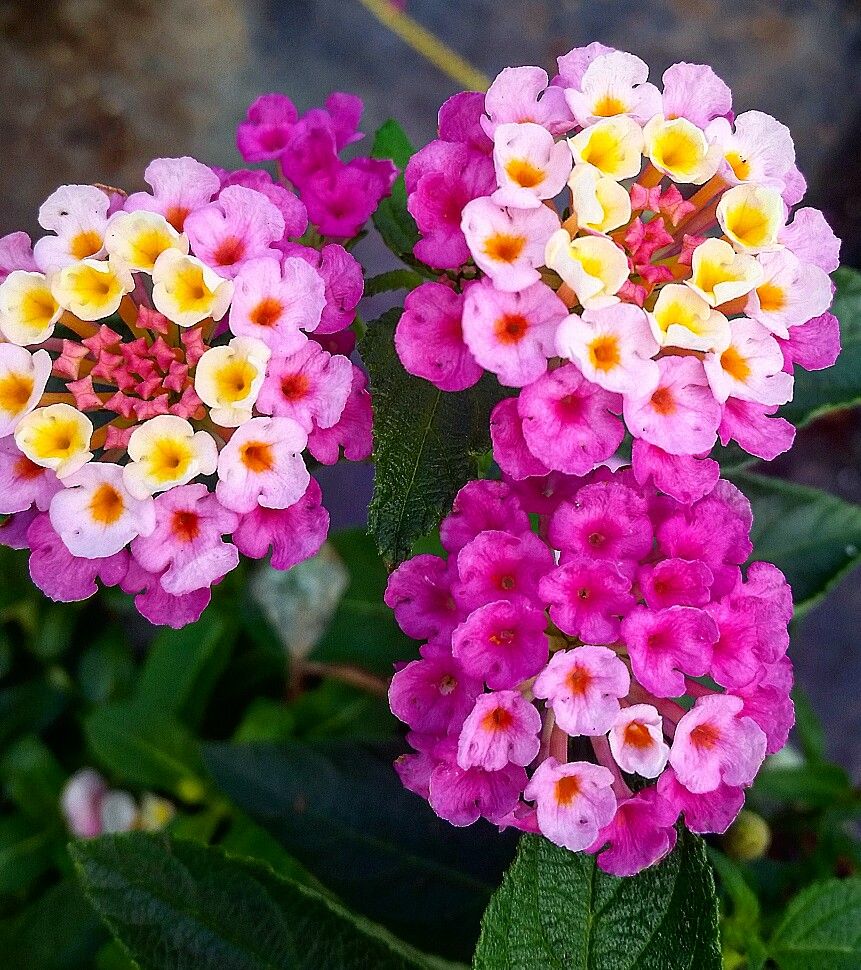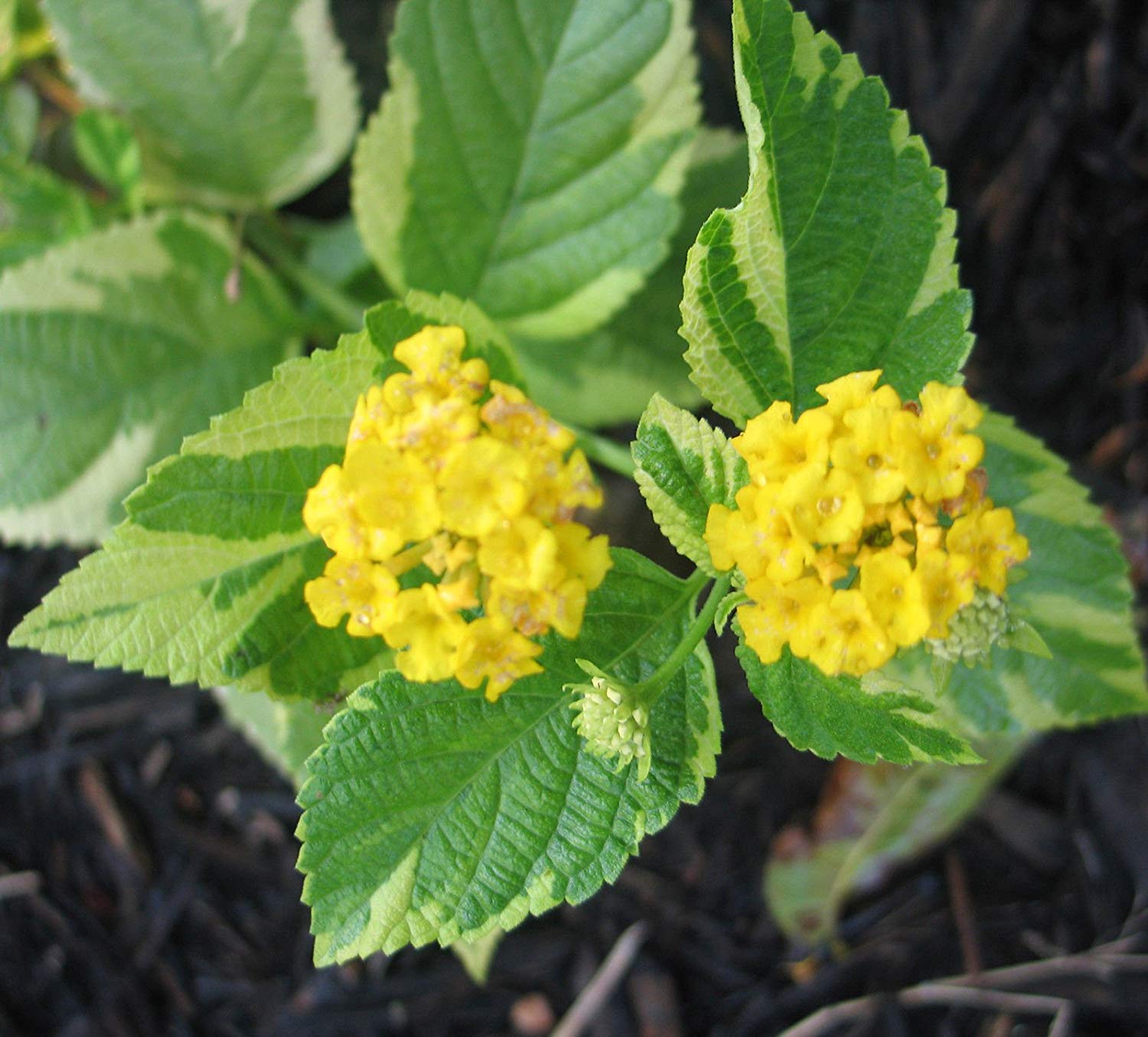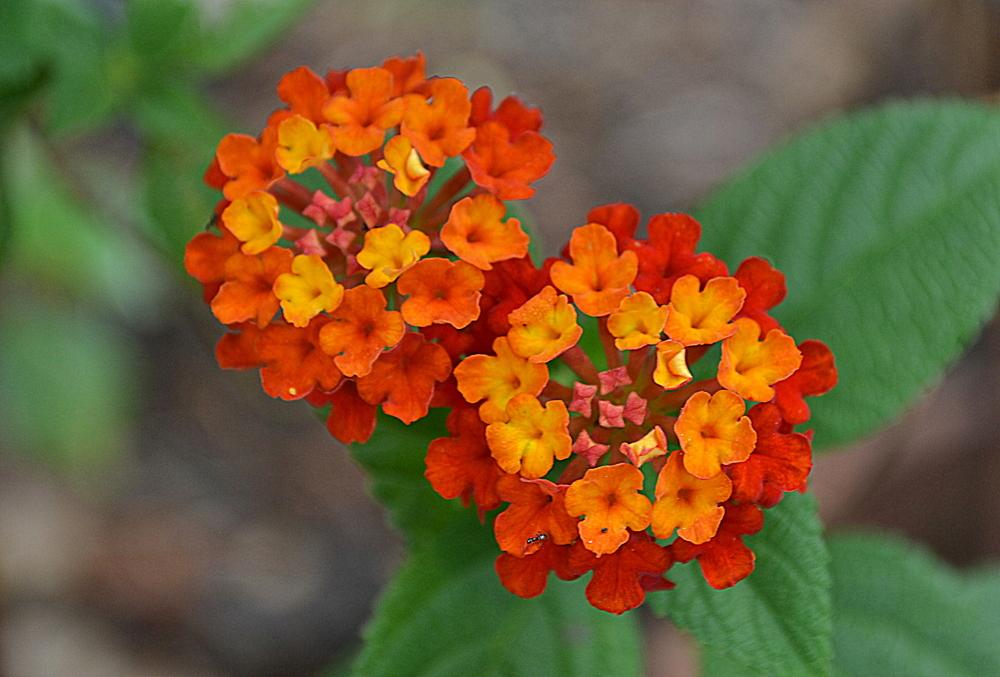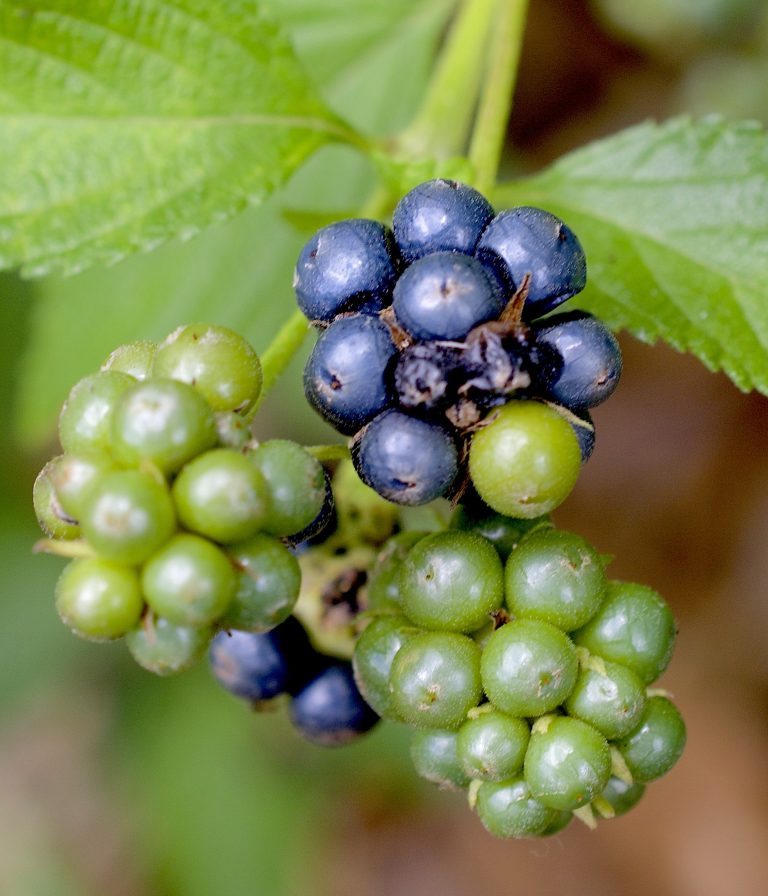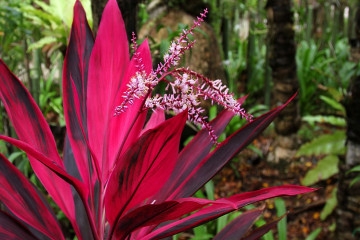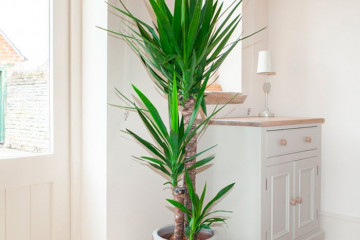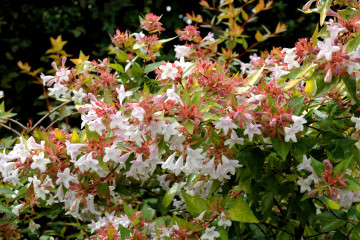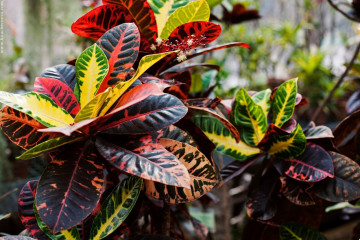Lantana flower: home care and breeding methods
Content:
Some growers prefer unpretentious plants that feel equally good in a flower bed and in a pot. Lantana is a flower that perfectly matches this characteristic. The variety of varieties of this beautiful perennial will also impress lovers of original cultivated plants.
History of appearance
Lantana is a plant that came to Russia from Latin America. For its ability to grow quickly, it received the nickname "the curse of the planters." Beautiful shrubs with fragrant buds literally occupied the land intended for planting other crops. But in the gardens they did not fight against the dominance of shrubs, on the contrary, they planted it with pleasure.
Lantana was first described in 1737 by Carl Linnaeus in his work "Genera Plantarium". The scientist gave the flower the same name as by that time the shrub Viburnum Gordovina bore (the plants have very similar inflorescences).
Appearance
Lantana can be in the form of a bush or a small tree. There are also ampelous plant varieties. The flower quickly adapts to new conditions, so it has taken root in the wild in many countries: India, Mexico, Colombia. You can find it in Central Asia and the Mediterranean.
The branches of the plant are spreading, the stems are erect, branched. With proper care, lanthanum can grow up to 3 meters in height. She is very active in her growth, so she requires a lot of free space. There are modern hybrids that do not develop so quickly and do not need space.
The root system of this interesting plant is very well developed and also requires a lot of space. Therefore, when growing at home, you should choose a voluminous pot, otherwise you will have to transplant every few months.
The branches of the plant are covered with light green bark. Thorns can be found on the shoots (a feature of some varieties).
Leaves with short petioles are arranged oppositely or spirally. The plates themselves are pubescent, dentate, ovoid. Their size usually does not exceed 5 cm.The color of the leaves is bright green, in some species there are light stripes along the edges.
In spring, peduncles appear from the axils of the leaves on the tops of the shoots. They end in small (up to 5 cm in diameter) inflorescences that exude a wonderful aroma. It is not for nothing that whole flocks of insects flock to a flowering plant in Africa.
The most interesting detail of the external description is that the color of lantana petals during the flowering period changes from white and yellow to pink and red. Sometimes several shades are combined on one inflorescence. This splendor of colors starts in May and ends in September.
Common varieties
There are about 150 species of lanthanum, of which only Kamara lanthanum and its hybrids are cultivated.
Among the natural types of flowers, the following can be distinguished:
- Lantana prickly. Shrub, up to 1.5 m high. There are strong thorns on the shoots. The leaves are planted on long petioles, the plates are rich green, slightly pubescent below. The aroma is specific.The color of the flowers varies from yellow to scarlet;
- Lantana Sello (Selloviana). A plant with thin, like lashes, shoots. Leaves are bright green, pubescent below. Loose inflorescences are collected from small flowers, purple at the edge and white-yellow in the middle;
- Lantana Montevidensis (Montevidensis). Owner of flexible, lignified shoots at the base. It is grown as ampelous, although it is rather difficult to find it on sale. Flowering occurs from June to November. When you touch the flowers, you can feel how the subtlest aroma spreads;
- Lantana rugose (Rugulosa). Shrub up to 1 m high with many small thorns. The leaves are dark in color, rough. The flowers are small, lilac or purple in color.
Thorny lantana (lantana camara) has given birth to many hybrid varieties:
- Lantana Grenadine (Grenadine). The owner of bright flowers and dense leaves. Ideal for home growing. Has a pleasant aroma.
- Snow. White lantana that looks great in bloom. The varieties White Dwarf and Ice Queen have the same color of petals.
- Esperanta Pink. A variety, the flowers of which are painted in a rich pink color;
- Samanta. The petals of this variety delight the eye with a rich lime color;
- Sunkiss. Lantana has bright orange flowers that can turn brick in color.
Home care
Planting and caring for lantana is not a big deal. However, in order for the plant to develop well and please with long flowering, you should pay attention to the peculiarities of caring for it.
Watering
A beautiful perennial does not require a special moisture regimen. It is enough to make sure that the earthen lump in the pot does not dry out. In winter, when the plant has a dormant period, it is only necessary to gradually add water to the soil so as not to provoke root diseases.
Temperature
In summer, lantana prefers warmth, but not heat. It is enough for her from 18 to 25 ° C. In winter, the shrub requires rest, so it is worthwhile to find a cool (14-16 ° C) place without drafts in advance.
Humidity
As a true inhabitant of the tropics, lantana (caring for it at home is much easier than for most exotic plants) loves humidified air, so in the summer it is worth spraying more often. In addition, such a procedure serves as the prevention of an attack by a spider mite, which does not like dampness. In winter, it is also worth spraying, but a little less often.
The soil
The plant is not too demanding on the composition of the soil, but in order to achieve an intense and long flowering, it is better to take care of a good nutritious soil. To prepare the soil mixture, they take sod land, peat and sand. Moreover, it is advisable to add peat at least 30% of the total mass of the finished soil, since it is he who will retain moisture.
Transplant features
You need to transplant lantana every year, in the spring. If this is not done, the plant may not bloom. The "resettlement" of a flower is carried out by transferring it from one pot to another. In this case, the earthen lump remains on the roots, you do not need to shake it off. The free space in the new container is filled with soil mixture, before that it is worth placing a drainage (3-4 cm) from small pebbles or pieces of bark on the bottom of the container.
If the plant is large, the bottom of the roots can be removed using a sharp knife.
When the transplant is completed, the flower should be watered moderately and placed in a shaded area to adapt. After 2-3 days, it is returned to a well-lit space.
A perennial flower may not be transplanted to relieve it of unnecessary stress. It is enough just to change the top layer of soil in the pot.
Reproduction methods
At home, the flower lives for 5-6 years. In an older plant, growth slows down, flowering becomes scarce. A perennial is easy to multiply and get several new copies of an exotic beauty. This can be done in two ways.
Seeds
Seeds ready for sowing are easy to find on sale, both in specialized stores and on the Internet.
Reproduction of lantana seeds:
- Fill the container with a nutrient substrate;
- Spread the seeds on its surface at a distance of 10 cm from each other. Press them slightly with your finger;
- Sprinkle plantings with water, cover or glass. Place on a windowsill where there is a lot of heat and light;
- Take care of the plantings: open the container daily for ventilation, moisten the soil, monitor the temperature (the optimal indicator is from 20 to 24 ° C);
- Seedlings will appear in 2-3 weeks. From this moment, the container can be opened slightly, then the lid can be completely removed;
- When the seedlings reach a height of 12 cm, dive them. At this stage, it's time to lower the growing temperature a little, add lighting. Additional lighting may be needed.
Sow the grown seedlings in separate pots.
Cuttings
It is easier to propagate a perennial by cuttings than by a seed method.
How to grow lantana from a cutting:
- Cut the cuttings from young, not lignified shoots, 10 cm long, so that each has 4 leaves. Cutting is carried out in mid-February - early March;
- Remove 2 lower leaves from cuttings. Dip the bottom edge of each branch into Kornevin's solution;
- For rooting, cuttings can be placed in a sand-peat mixture or a glass of water;
- Provide greenhouse conditions for the cuttings by covering with plastic or a jar. Place in a warm, well-lit place;
- Air the improvised guy daily, when using a sand mixture, do not forget about moisturizing. The temperature for rooting should be kept within 20-22 ° С;
- After 30-40 days, roots will appear, the seedling will begin to expel new leaves. From this point on, the temperature must be gradually reduced. Bring the indicator to 15 ° С;
- When the plants get stronger, they can be planted in pots and immediately pinched the top to form a beautiful crown.
Young lanthanas can bloom already in the first year of life, but the buds should be carefully torn off, as they will take a lot of energy from the plants.
Lantana is a flower that is easy to care for at home. If you follow all the rules described, she will respond with a long and violent flowering, which you can brag to your neighbors. The plant feels great outdoors, where variegated flowers can be seen by everyone.
